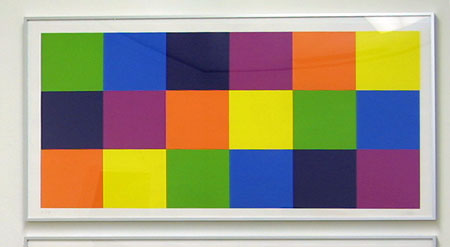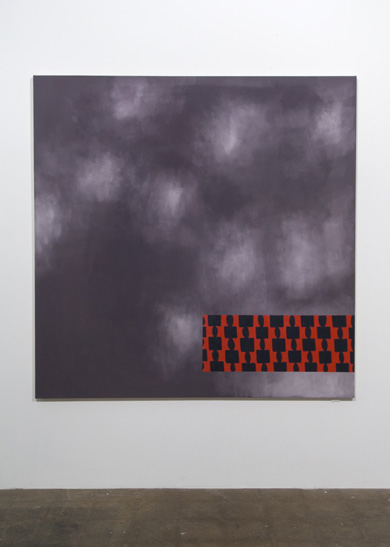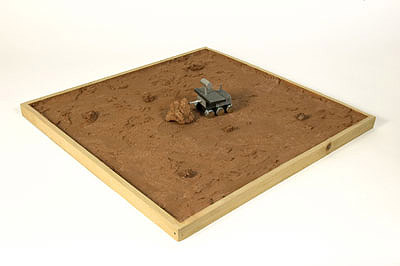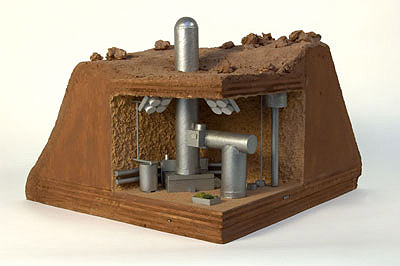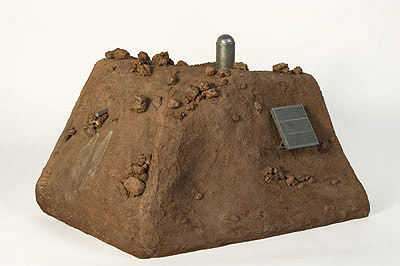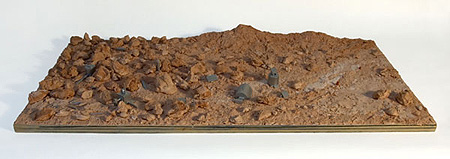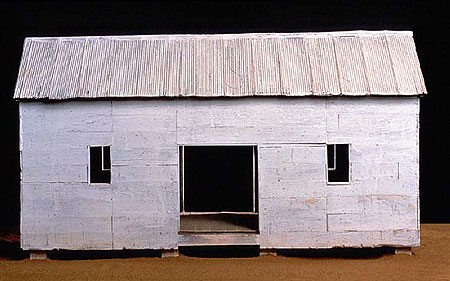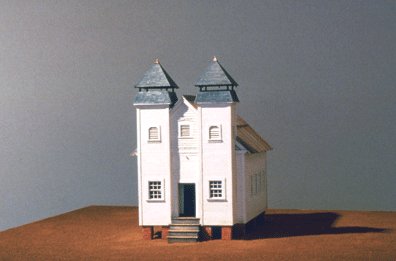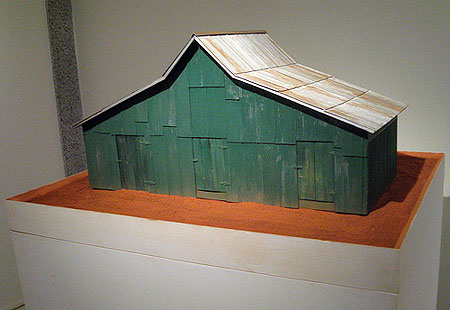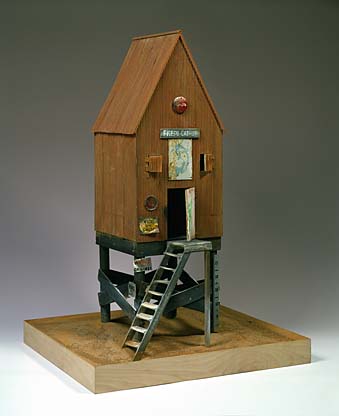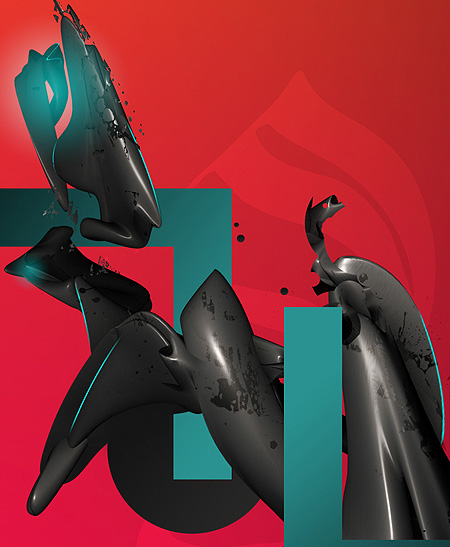Untitled, 20070805, HTML, 360 x 300 pixels
This piece recalls the pop semi-abstraction of Alan D'Arcangelo or John Wesley, or the Tony Conrad "movie screen" paintings shown at Greene Naftali last year. Yet it still has that obdurate, slightly apart presence that was the hallmark of Barnett Newman's work. A sense that even on the web, surrounded by graphics and blinking GIFs, it's going to carve out its own authoritative space. I once sat through a horrible lecture on abstraction by a figurative painter. For him it was all about reduction, stripping art down to its building block elements. Wrong, wrong, wrong. It's about creating a new thing in the world, something never before seen, conversant with the world of objects yet not quite of them--a work that exists, at one remove, with quiet force.



